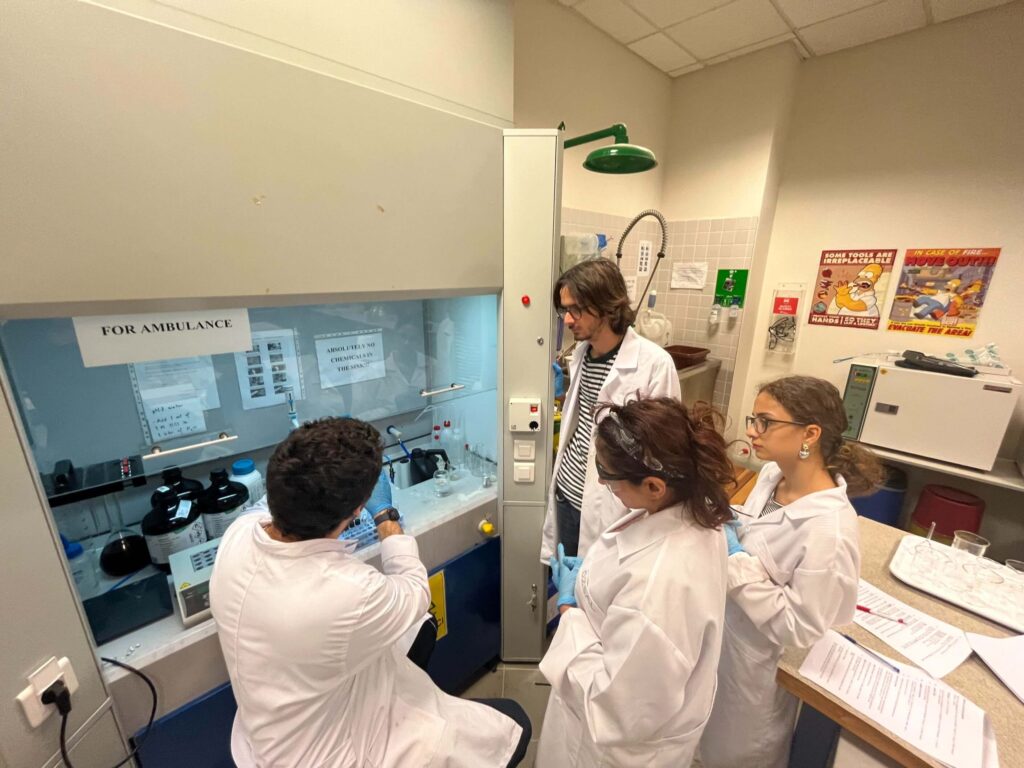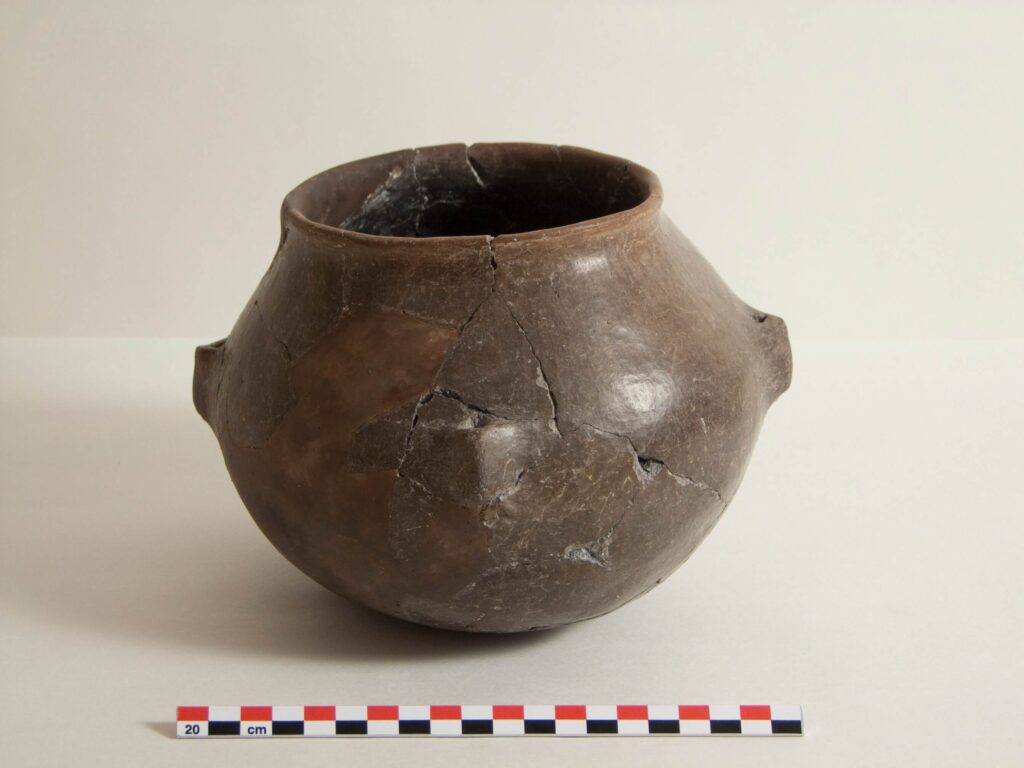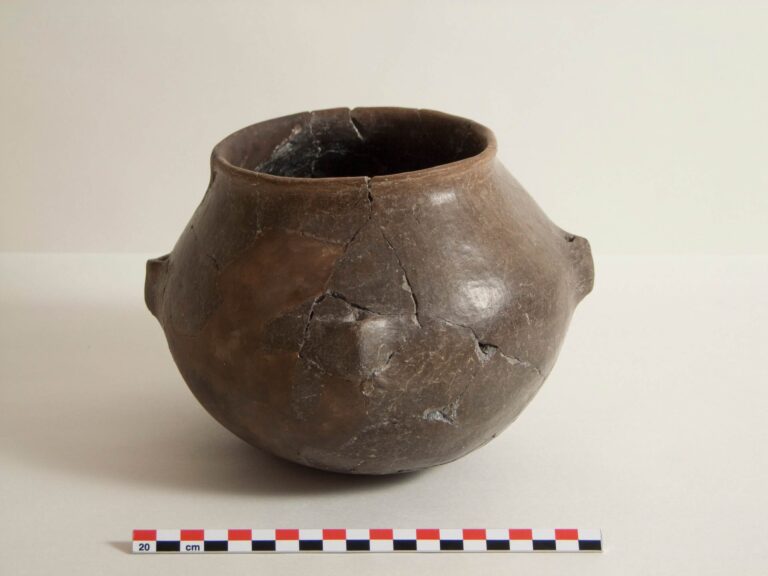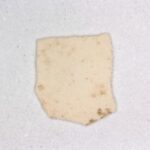Archaeologists put on their lab coats analyzed pottery from Neolithic sites to illuminate ancient culinary practices
Ceramic pots endure the corrosive effects of thousands of years, and organic remains preserved inside its pores can shed light on the culture, values, diets, and daily life of societies. This research is achieved with the help of biomarkers, which are invaluable for researchers. Discovering a suitable biomarker resembles finding a rare needle in a haystack. But once finally identified, they provide valuable insight for researchers across the globe.
Dr. Adrià Breu Barcons and Assoc. Prof. Rana Özbal from the Department of Archaeology and History of Art at Koç University recently gifted two new bio-indicators to the field. Their article in the Journal of Archaeological Science offers a fresh perspective.

They analyzed pieces of ceramic pottery from Neolithic (Stone Age) excavation sites in the Mediterranean region (from Spain to Turkey). From these pieces dating back 7-8 thousand years, they found some obscure organic compounds. Their presence could not be explained by the chemical reactions that normally occur during the exposure of oils to heat.
“We had some samples with some residues we didn’t really understand,” says Dr. Barcons, the study’s lead author, “We thought maybe they were coming from cooking techniques that thermally alter fat.”
As technology and chemical methods improve, archaeologists can now fortunately make even deeper analysis about the function of pots and reach critical findings about our past. After delving deep into the chemistry, Dr. Barcons and Assoc. Prof. Özbal also discovered two new chemical reactions that allow fats to change this way. To test whether these two reactions would produce the expected results, they mixed organic ingredients such as olive oil and olive leaves with ancient pottery samples and cooked them for various durations at various temperatures.
The analysis of residues at the end of the process did reveal the presence of both components on ceramic fragments and confirmed that they could be made through extended heating on the pot. Thus, their presence on ceramic fragments proved to be a biomarker for prolonged heating in prehistory.
“These compounds are not normally found in nature and can only be created in high temperature, which means they can be used to proof whether ancient pottery had been in contact with the fire.” Barcons says, “By doing heating experiments in the laboratory we were able to produce the same chemical compounds that we find in the archaeological pottery, and some of these had never been described before.”
These findings added to the literature two new biomarkers. While heat-degraded animal fats have been found in archaeological pottery remains before, this new research revealed two new types of lipids that were detected for the first time. This opens up new debates in the archaeological world about the significance of this finding. Researchers can now check their dataset to see if they as well, got these molecules.

Bibliographic information:
“Caution! Contents were hot: Novel biomarkers to detect the heating of fatty acids in residues from pottery use”, Adrià Breu, Ayla Türkekul, Şemsettin Akyol, Anna Bach-Gómez, Cafer Çakal, Mehmet Fırat İlker, Deniz Sarı, Savaş Sarıaltun, Eduardo Vijande-Vila, Rana Özbal, Journal of Archaeological Science Volume 159, November 2023, 105854, DOI: https://doi.org/10.1016/j.jas.2023.105854
Press release from Koç University



